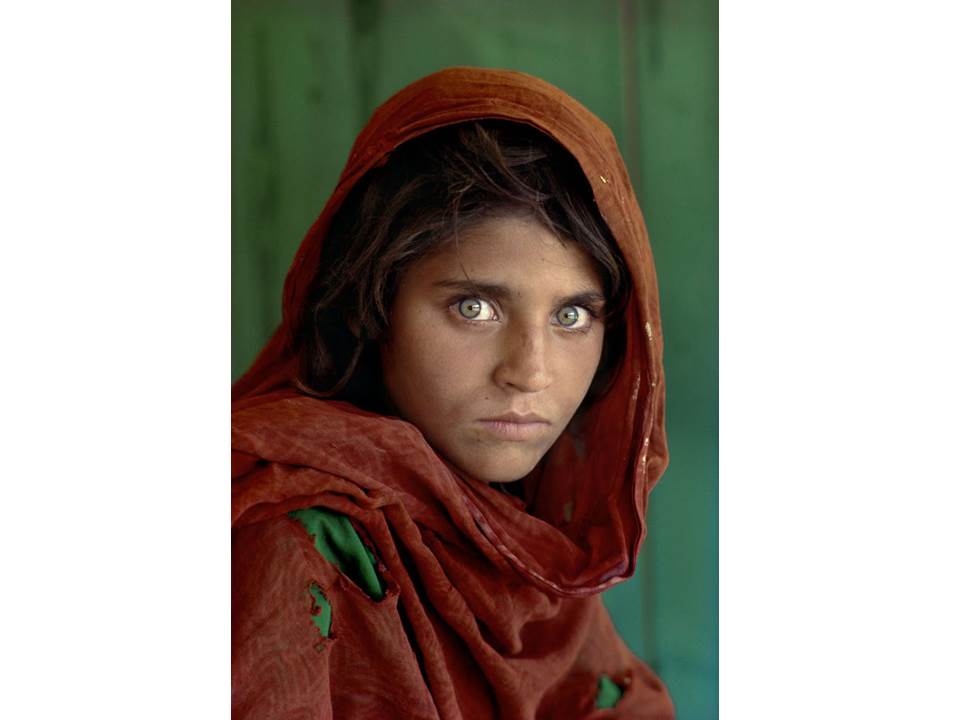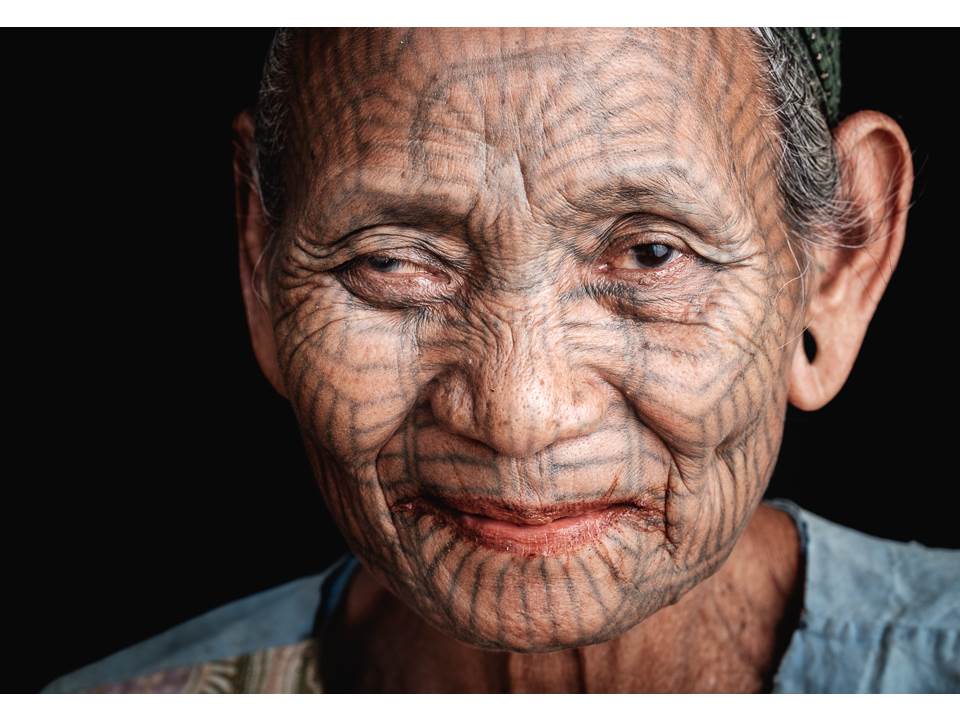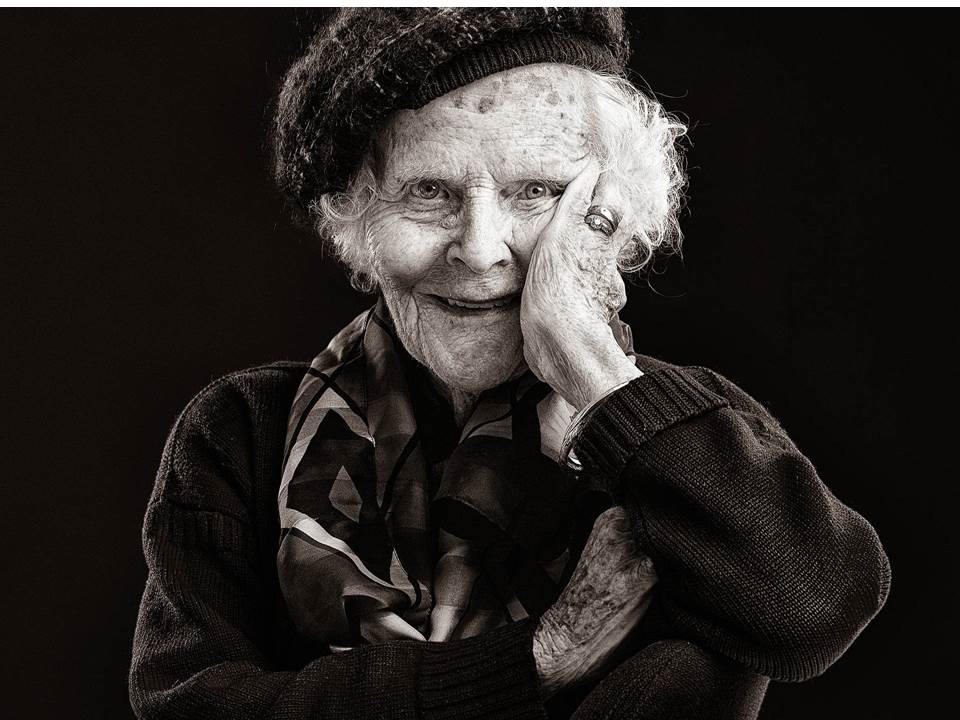Portraits have been an important and popular form of art throughout history, and even before the invention of photography, sculpts and paintings of people were used to convey messages and meaning, and to make the artwork more relatable.
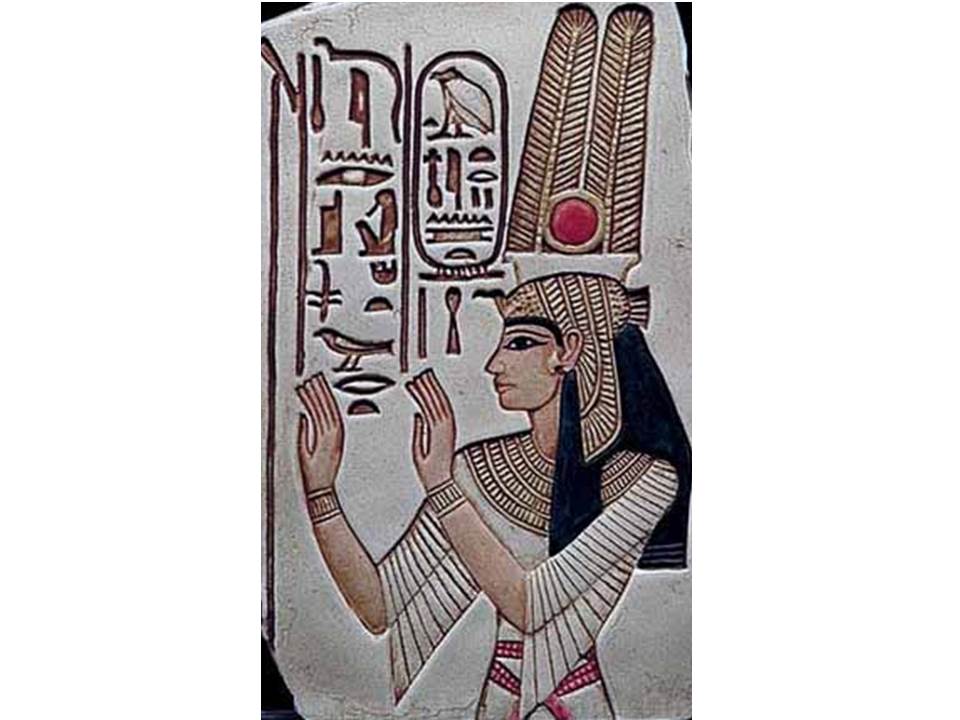

Portrait photography began in the mid 1800’s, as the development of cameras meant that the necessary exposure time dropped from 15 minutes to 10 seconds, making it possible for a human subject to have their photograph taken. Portraits at the time were expensive, and so most portraits of the time depict more wealthy, upper class members of society.
The relatively long exposure time meant that the poses held by the subjects were often unimaginative, as anything else would be difficult to maintain for 10 seconds, and portraits typically involved the subject maintaining an expressionless face (holding a natural, steady smile for 10 seconds was difficult).
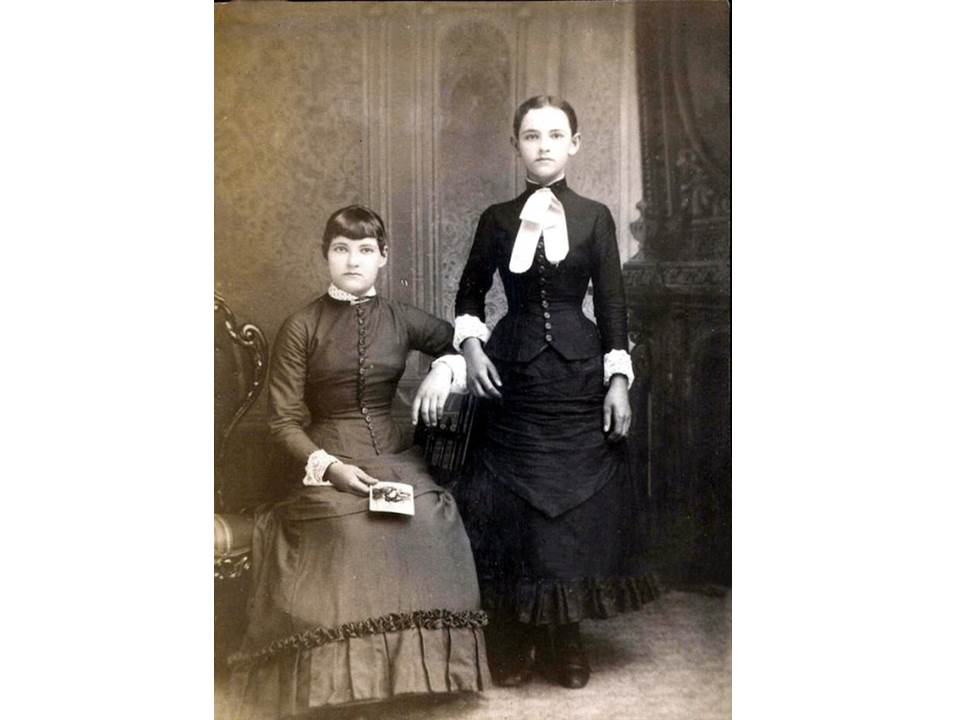
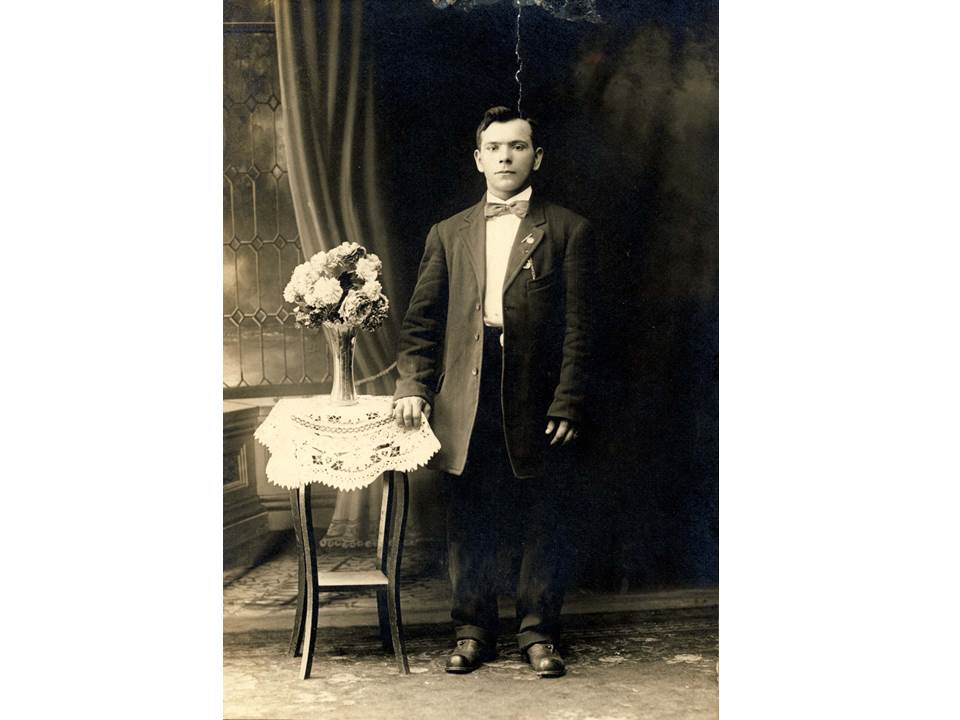

With the development of technology during the 20th century, the way that portraits were taken also developed. Cameras became more widespread, and portraits became increasingly popular and more widely available. Exposure time yet again decreased, opening u the opportunity for subjects to try out more interesting poses, smile, and therefore create more natural, engaging photographs. Photography could now be used for things such as advertisements, and people grew more aware of portraits.
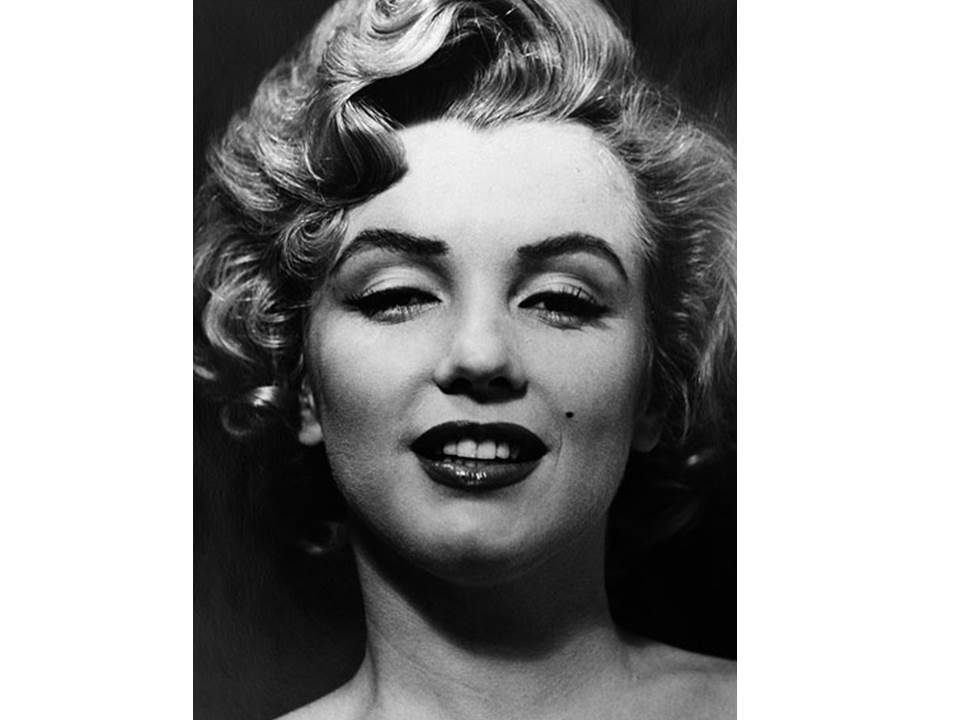
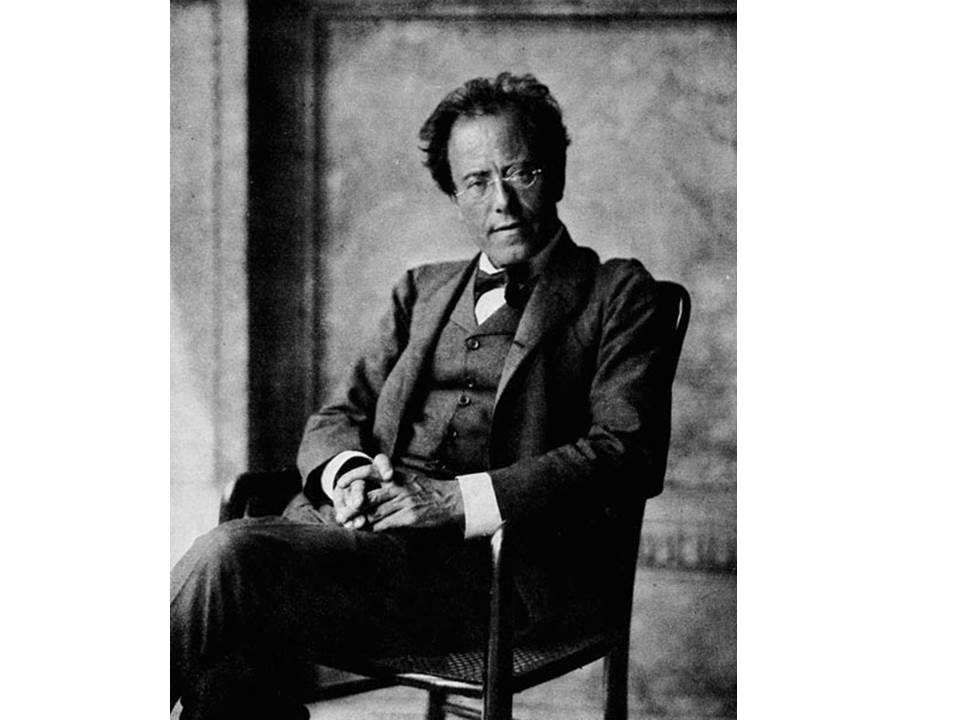
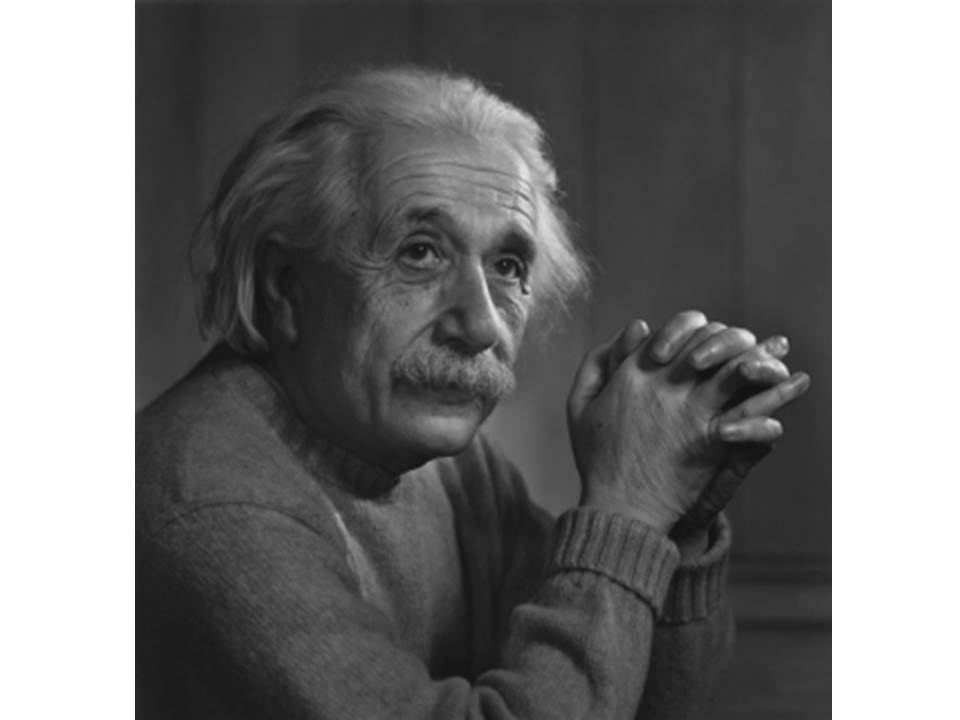
Modern portrait photography is no longer limited by things such as a long exposure time, black and white film or bulky cameras. The development of editing and special effects has allowed for portraits to become more experimental, and where they once portrayed a subject how they really were, they can now be used to convey messages and meaning.
